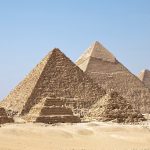Many of Egypt’s artifacts and works of art have fallen victim to theft in the past. Rich cultural sites were plundered, and their riches were stolen in the name of archeology. It might be easy to think this only happened in the 1800s and early 1900s when Egyptology was a trendy fad among the British elite.
However, priceless Egyptian relics are still being looted. One of them – a statue of King Ramses II – was illegally taken from an ancient temple sometime in the late 1980s or early 1990s. Thanks to some effort and negotiation, the statue has been returned to its rightful home in Egypt.
Archaeology or Treasure Hunting?
When archaeology as a scientific discipline was in its infancy, there wasn’t a clear line differentiating archaeology and treasure hunting. Egypt was under colonial rule and virtually powerless to prevent the influx of academics and artifact hunters who were eager to unearth a treasure trove in the Egyptian desert.

Priceless and culturally significant artifacts and art works were removed from Egypt and added to the collections of museums around the world. In many cases, Egyptian artifacts landed in the hands of wealthy private collectors. In recent decades, Egypt has been trying to reclaim its lost and stolen historical objects.
Howard Carter’s Controversial Excavation
In 1922, British archaeologist Howard Carter discovered the intact tomb of Tutankhamun, Egypt’s boy king. Inside the sealed tomb, Carter and his crew discovered a rich collection of objects which they claimed for the British Museum.

Carter had permission from the Egyptian authorities to conduct his dig, however there are plenty of critics who feel strongly that Egyptian artifacts should have remained in Egypt. Removing them from the country, they claim, was akin to theft and robbed Egypt of its cultural treasures.
The Antiquities Repatriation Department
The issue of stolen artifacts is such a problem that Egypt set up its Antiquities Repatriation Department. This organization acknowledges that historic and valuable objects have been taken out of Egypt from the time of the Roman Empire through present day. Many of these objects are still on display in museums and galleries.

Additionally, the Antiquities Repatriation Department monitors public sales and auctions in Europe, United States, and other places where art and antiquities are sold. That is how the statue of Ramses II was discovered.
The Statue of Ramses II
The recently recovered statue of Ramses II – a 3,400-year-old piece of art – was stolen and smuggled out of Egypt about three decades ago. It was boosted from the Ramses II temple located in Abydos, an ancient city in the southern part of the country.
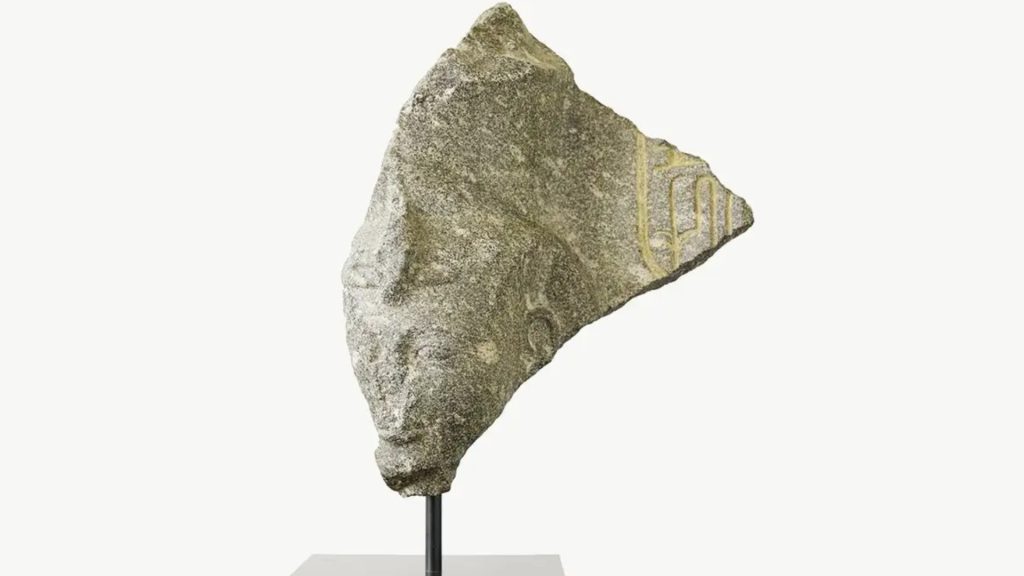
According to Shaaban Abdel Gawad, the director of the Antiquities Repatriation Department, “This head is part of a group of statues depicting King Ramses II seated alongside a number of Egyptian deities.”
Ramses II, One of Egypt’s Great Pharaohs
There was a reason why Pharaoh Ramses II was called “Ramses the Great.” During his reign, which spanned from 1279 to 1213 BC, he embarked on a building spree that produced many of Egypt’s New Kingdom-era temples and monuments. They included the temples at Karnak, Abu Simbel, and Abydos.
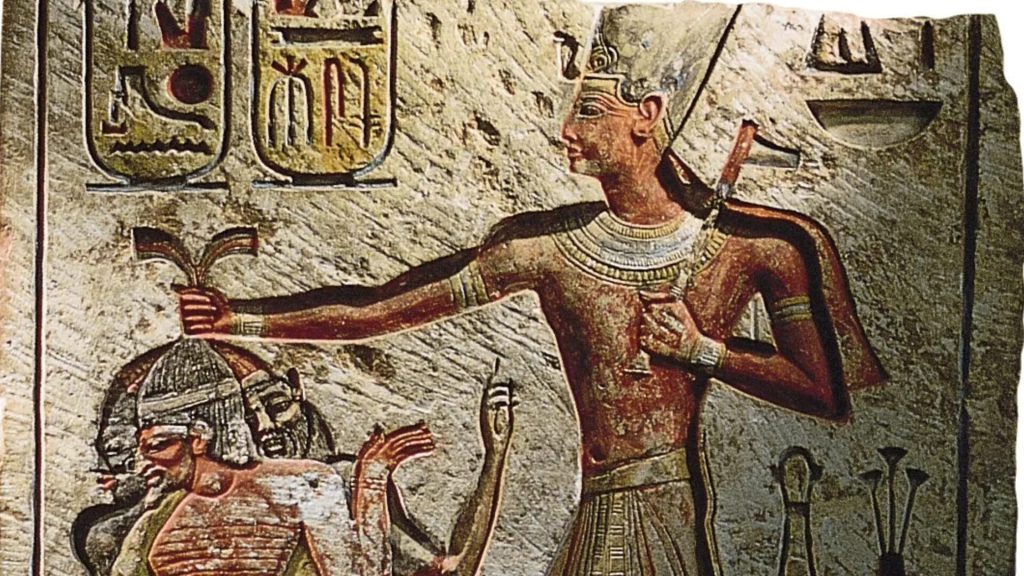
Ramses the Great was also a formidable military leader. During his reign as pharaoh, he expanded Egypt’s territory and led victorious campaigns against Egypt’s enemy, the Hittite Empire.
Tracking Down the Stolen Statue
In 2013, Egyptian officials with the Antiquities Repatriation Department noticed the statue of Ramses II was among the items being sold at an exhibition in London. They kept an eye on the artifact and buyer.
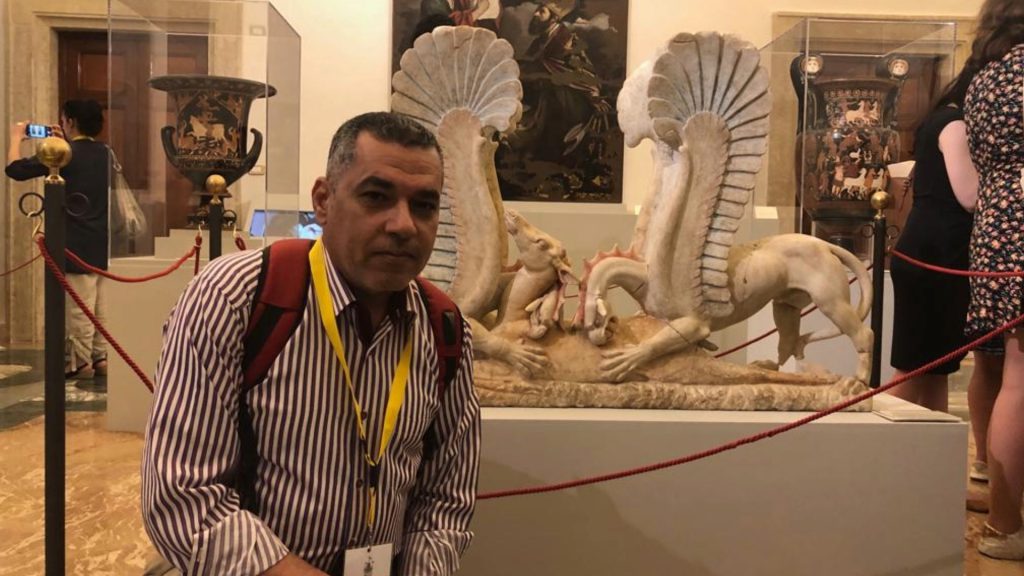
In fact, the officials followed the movement of the statue as it changed hands several times and passed through several countries. It finally landed in Switzerland. At that point, the Egyptian officials reached out to authorities in Switzerland.
A Joint Effort to Bring the Statue Home
The Swiss authorities agreed to fully cooperate with the Egyptian officials in a joint effort to bring the statue home. The rightful ownership of the artifact was determined, and steps were put in place to recover the item.
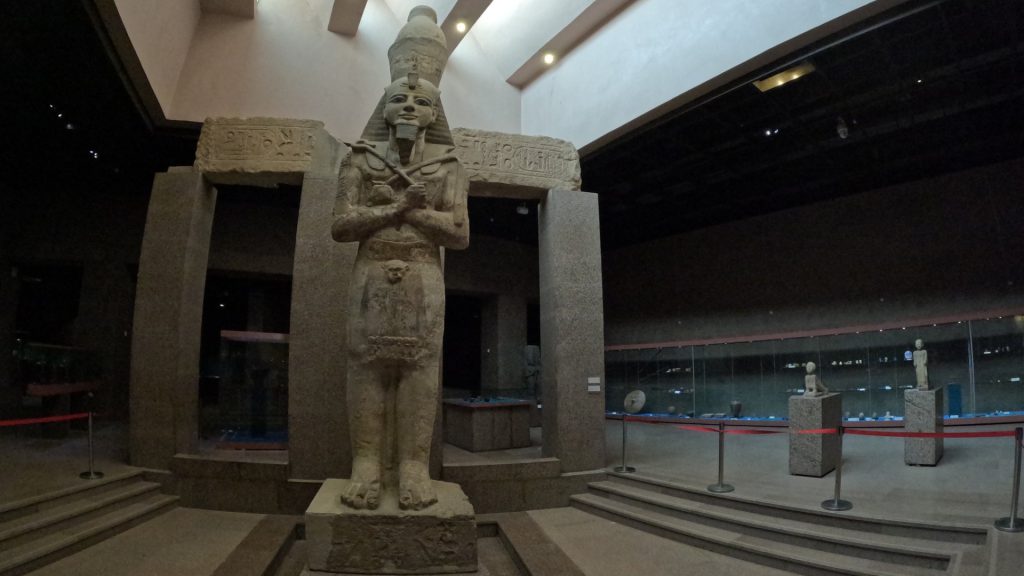
Last year, the Ramses II statue, along with several other items, were confiscated during a police search in Geneva. Once it was secured by Swiss authorities, the statue was taken to the Egyptian embassy in Bern.
A Joyful Homecoming
Finally, after about three decades, countless miles, and lots of red tape, the stolen statue of Ramses II has finally returned to Egyptian soil. The artifact arrived back in its homeland just a few weeks ago.
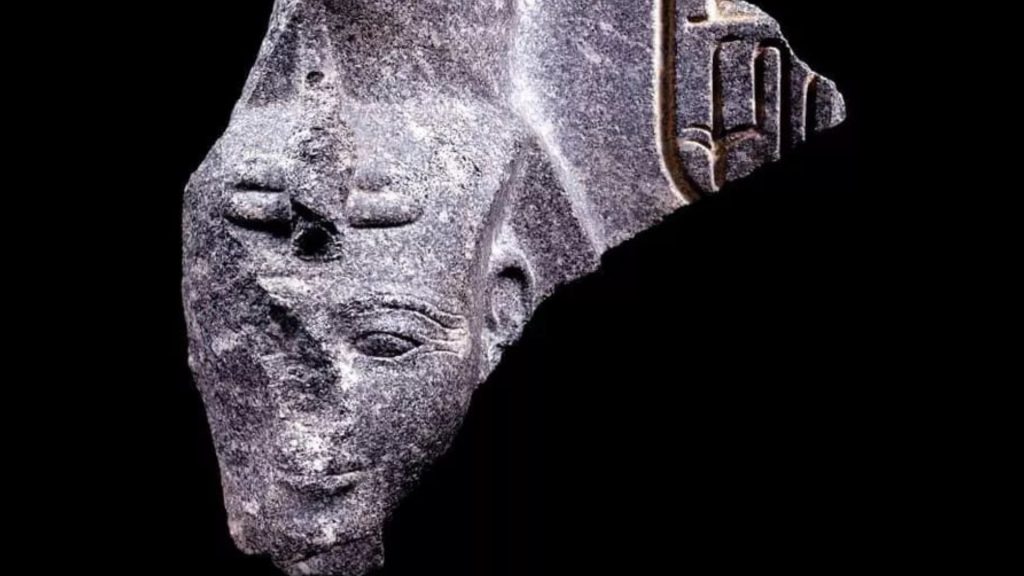
The statue is now in the hands of the Ministry of Tourism and Antiquities. It is being kept at the Egyptian Museum in Cairo where experts are examining and restoring the more than 3,400-year-old artifact.
A Small Victory in the War on the Illegal Trade of Cultural Property
As Shaaban Abdel-Gawad explained, the repatriation of the Ramses II statue is a small victory in the ongoing war on the illegal trade of cultural property. But it is an important victory. For starters, it showcased Switzerland’s commitment to aiding the Egyptians in locating and returning stolen artifacts.
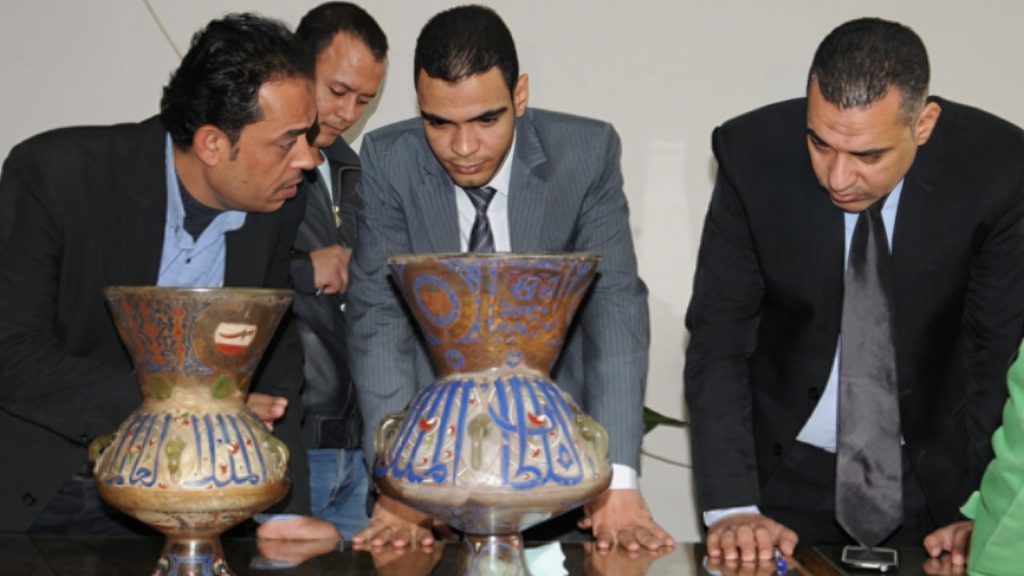
For so long, historic and culturally significant artifacts have been smuggled out of Egypt. These pieces wind up in museum collections or private collections. Often – but not always – the new owners are unaware that the item was stolen.
Dedicated to Repatriation
The happy ending of this story of the statue of Ramses II underscores the important work being done by Egypt’s Antiquities Repatriation Department and the tourism ministry to return the country’s stolen artifacts.
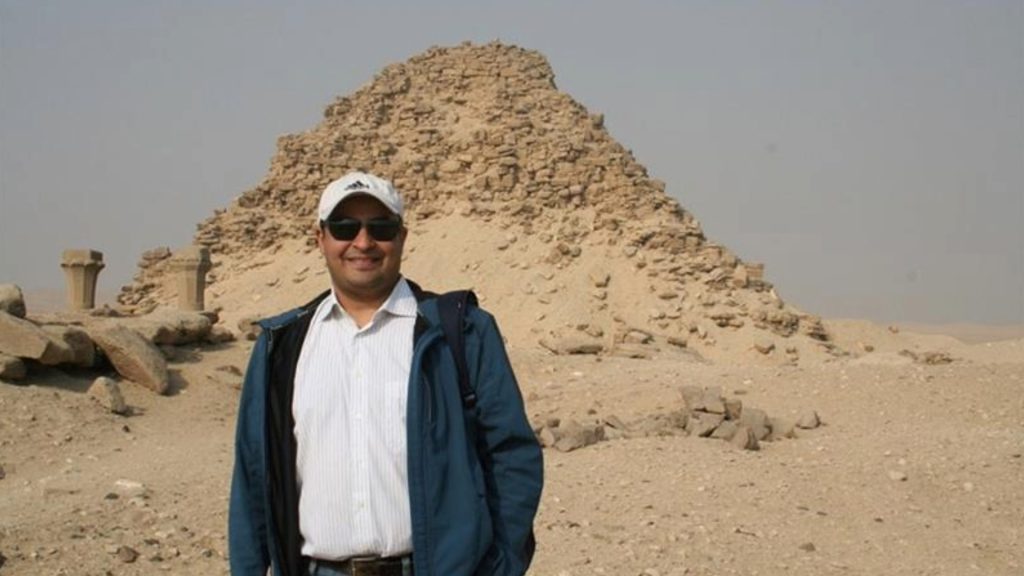
Mohamed Ismail Khalid, the secretary-general of the Supreme Council of Antiquities, praised the collaborative efforts of the many Egyptian agencies involved in the statue’s recovery, as well as the Swiss authorities. Only with the help of governments around the world can Egypt’s treasures finally be returned to their rightful owner.


